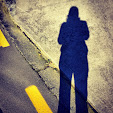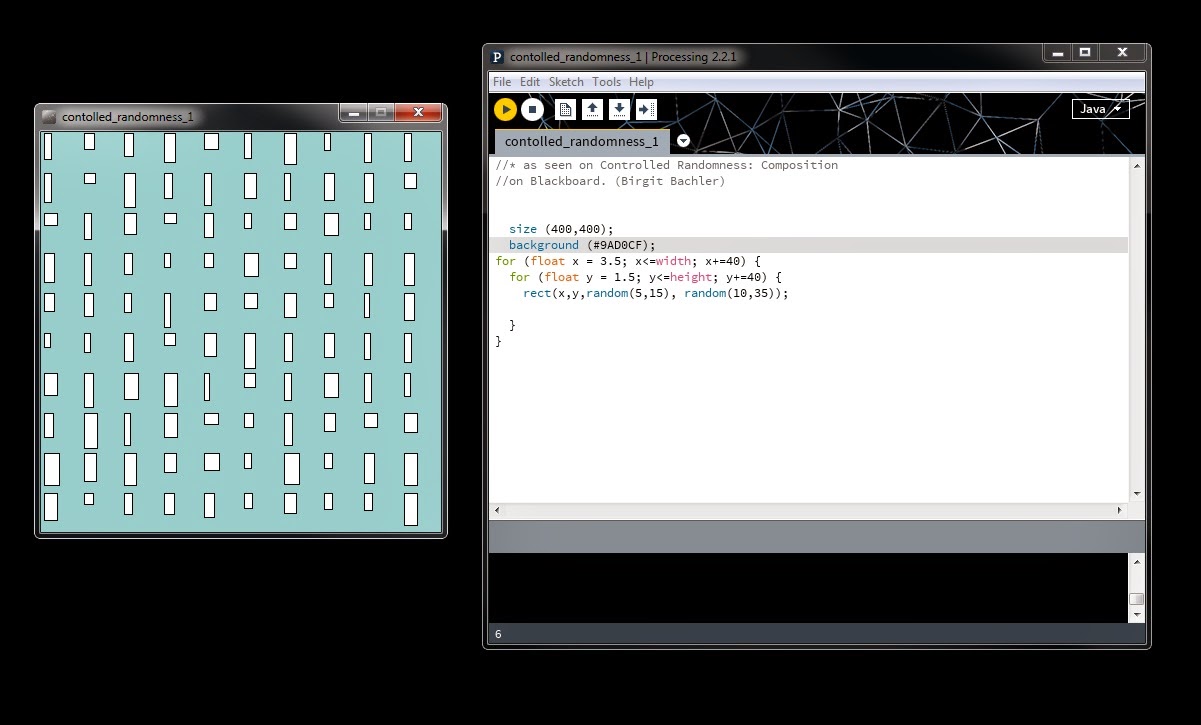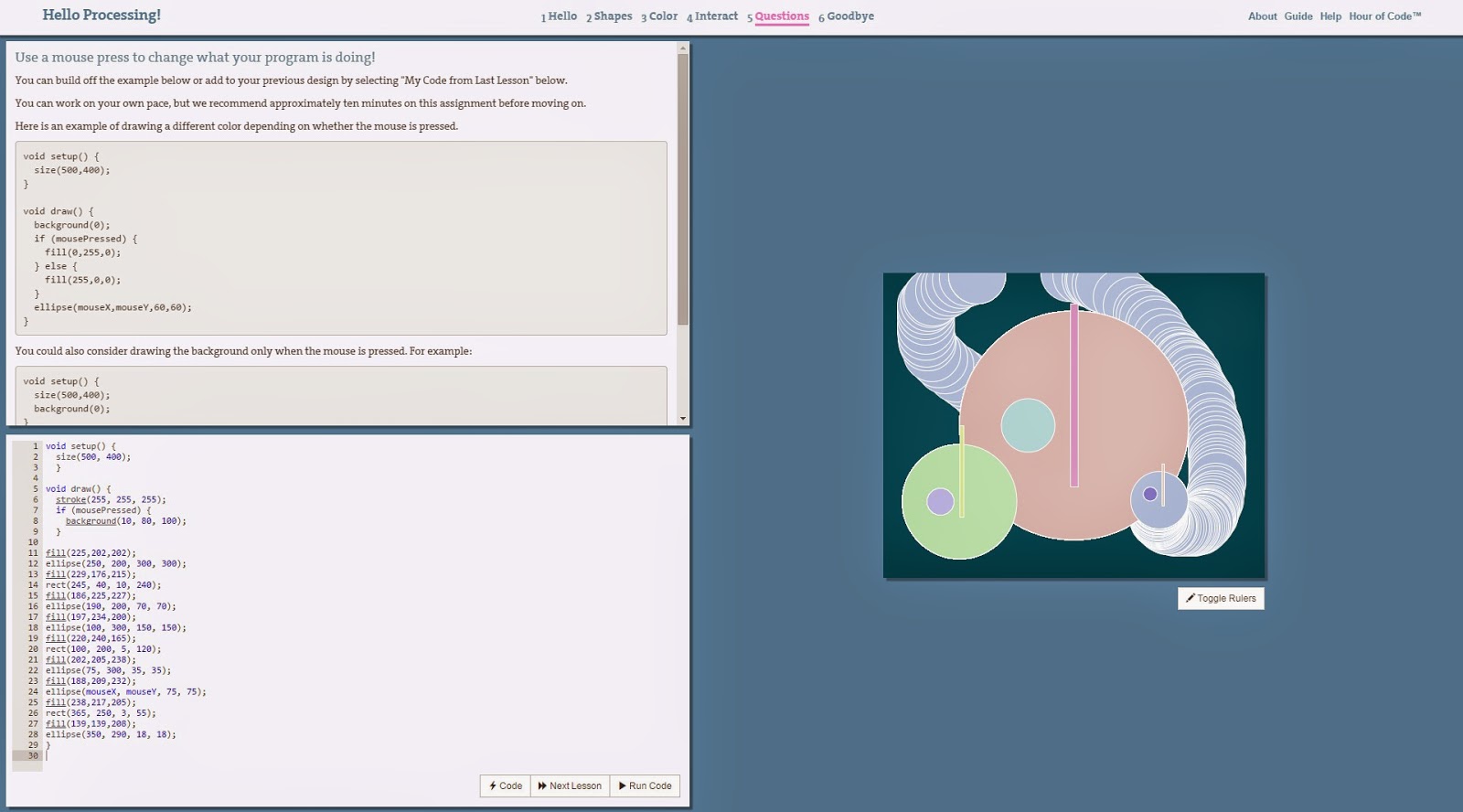This show reel has been assembled specifically for the FILM 210 application process and contains highlights of work created for my design studies since I commenced my Bachelor of Design Innovation at Victoria University Wellington in 2012.
The purpose of the video is to demonstrate the skills I have acquired and honed in that time.
The following summarises the subject/purpose for which each production was prepared, the name of each production project (featured in the order of its appearance), year of the production, and my production role in each case.
DSDN 104 | 2012 | 3D modelling/printing project | role: designer (rendered using 3ds Max)
DSDN 101 | 2013 | Cultural identity project | role: designer (using Adobe Illustrator and Adobe Flash)
DSDN 101 | 2013 | Stop-motion project for Caritas NZ | role: designer, photographer and editor (using Adobe Photoshop and Premiere Pro)
Personal project | 2014 | Time-lapse clip | role: designer, photographer and editor (using Adobe Photoshop and Premiere Pro)
DSDN 144 | 2013 | ‘Princess + Light’ project | role: designer, photographer and editor (using Adobe Photoshop)
CCDN 244 | 2014 | ‘Blocks + Boats’ project | role: designer, photographer and editor (using Adobe Photoshop and Premiere Pro)
CCDN 244 | 2014 | Datagraphy project | role: designer, photographer and editor (using Adobe Photoshop)
CCDN 332/Williment Travel (client)| 2014 | design project | role: designer, videographer and editor (using Adobe Premiere Pro) **
CCDN 331 | 2014 | ‘La Bonne’ Design Manifesto project | role: designer, photographer and editor (using Adobe Photoshop & Premiere Pro)**
CCDN 331 | 2014 | ‘The Context of the Colour’ Photo Essay project | role: designer, photographer and editor (using Adobe Photoshop)*
CCDN 331 | 2014 | Expressing a design theory group project | role: co-designer, co-camera and co-editor (using Adobe Premiere Pro)**
* Selected for GASP! Exhibition at New Zealand Academy of Fine Arts, Wellington - 2014
** Shortlisted for BDI Culture + Context end of year prize - 2014
A blog which features all work submitted for my BDI can be found at www.bonmardi.com (use 'Projects' tag)
Full versions of all clips featured in this show reel can be found here: vimeo.com/groups/film210






















































